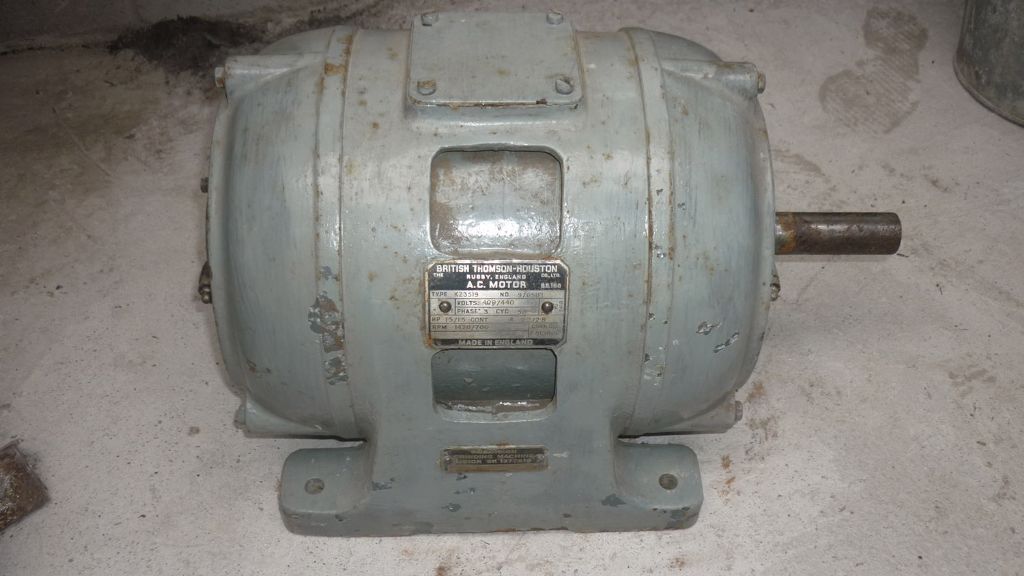James
The Deckel is indeed a very capable piece of kit but, considering the relatively small work envelope, its a big, complex, machine. You also need a fair selection of accessories and considerable skill to exploit its advantages over more conventional machines such as the common Bridgeport or larger bench top mills. Not really a machine for "L plate" drivers as there are plenty of ways to set things up wrong with puzzling results.
Biggest issue when its the only mill in the shop is the lack of vertical room. Unlike, for example, Bridgeports Deckels don't do well as mill drills. They are great if you want a hole at an odd angle but for ordinary vertical drilling they just run out of space. Similarily it can be hard to set up for internal milling on a component with walls round the outside. Deckel rotary tables are low profile for good reason. if you look at the various pictures around the internet of Deckels in use you will see that most of them exploit the table movements to bring larger parts up to the cutter. Sort of thing that needs good 3 D visualisation to do easily and remembering to put things back right afterwards.
Workspace restrictions aren't a great worry for most Model Engineering type jobs outside the large scale traction engine and big loco worlds so the versatility is a great advantage. On 12" to the foot scale jobs you do have to think seriously about how it will all fit in.
Disclaimer. I do mostly 12" to the foot work, have a Bridgeport (but would prefer a Beaver) and a Deckel as a second mill would be great but a Deckel on its own would never do.
Clive.
Edited By Clive Foster on 19/11/2016 21:31:53
Edited By Clive Foster on 19/11/2016 21:32:23
Edited By Clive Foster on 19/11/2016 21:32:45
James Jenkins 1.





